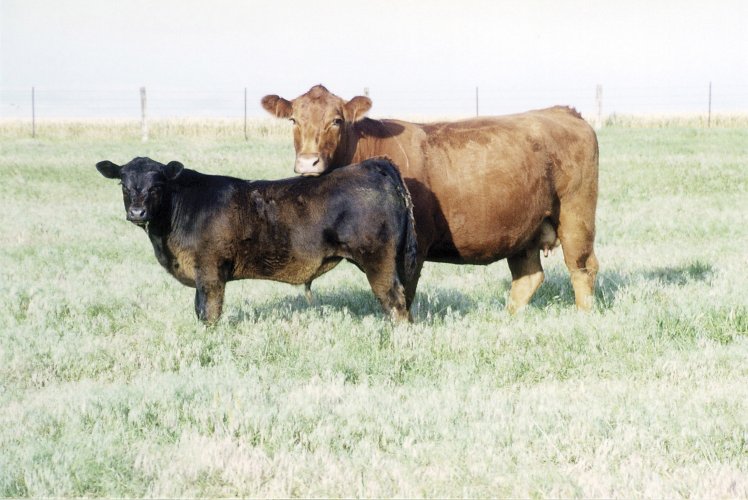 As we reach the midyear point for 2015, Oklahoma State University Extension Livestock Market Economist Dr. Derrell Peel reviews the cattle markets. He said for the first half of the year, beef production has been smaller than expected with slaughter down over seven percent. He said slaughter levels have been down sharply for cows and heifers and lower for steers. The heavier carcass weights have helped offset those lower numbers, but in spite of that he said U.S. beef production is down.
As we reach the midyear point for 2015, Oklahoma State University Extension Livestock Market Economist Dr. Derrell Peel reviews the cattle markets. He said for the first half of the year, beef production has been smaller than expected with slaughter down over seven percent. He said slaughter levels have been down sharply for cows and heifers and lower for steers. The heavier carcass weights have helped offset those lower numbers, but in spite of that he said U.S. beef production is down.
“That’s kept boxed beef prices and fed cattle prices generally strong through the first half of the year and feeder cattle prices have stayed strong as well,” Peel said.
In looking at the profitability throughout the beef supply chain, not everyone has been profitable in 2015. Both feedlots and packers both have struggled with their margins. Even with lower grain costs, Peel said the higher cost of buying feeder cattle has squeezed feedlot margins. At the packer level, he said they have struggled with buying fed cattle and selling boxed beef. Recently boxed beef prices and fed cattle prices have dropped seasonally, so packer margins have been more sideways. Throughout the year, he said packers have also dealt with lower by product values. After the Fourth of July holiday, wholesale boxed beef prices were lower on Monday and Tuesday as holiday beef sales were lower than expectations.
The lower slaughter levels continue to support live cattle prices, so stockers and cow-calf operators continue to benefit from the strong demand for cattle. Peel said cow-calf operations continue to be in the driver’s seat and will continue to be in control into 2016. He said the market is all about increasing cattle numbers, rebuilding the herd in order to increase beef production. Peel said margins won’t be as strong as last year, but close to the levels. At the stocker level, he said there is positive incentives or motivation for forage based production. Recently, feeder cattle prices have been a little higher relative to calf prices, which has made the potential value of gain a little stronger.
Overall for the first half of 2015, Peel characterizes the year as more of a sideways trend across the board for cattle markets, especially in looking at this year relative to last year’s strong upward trend from calf prices to retail beef prices.